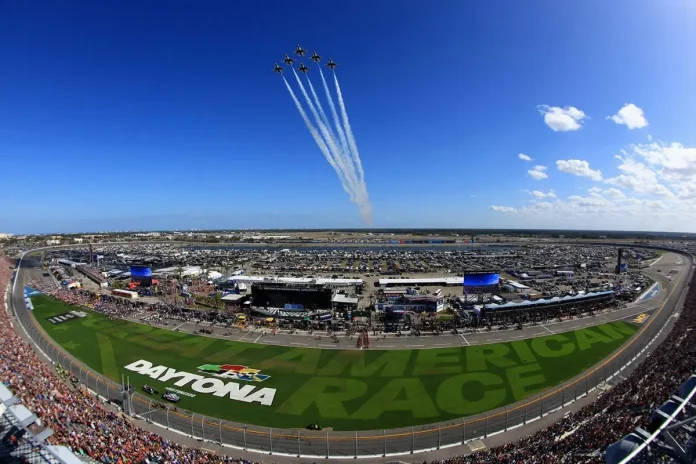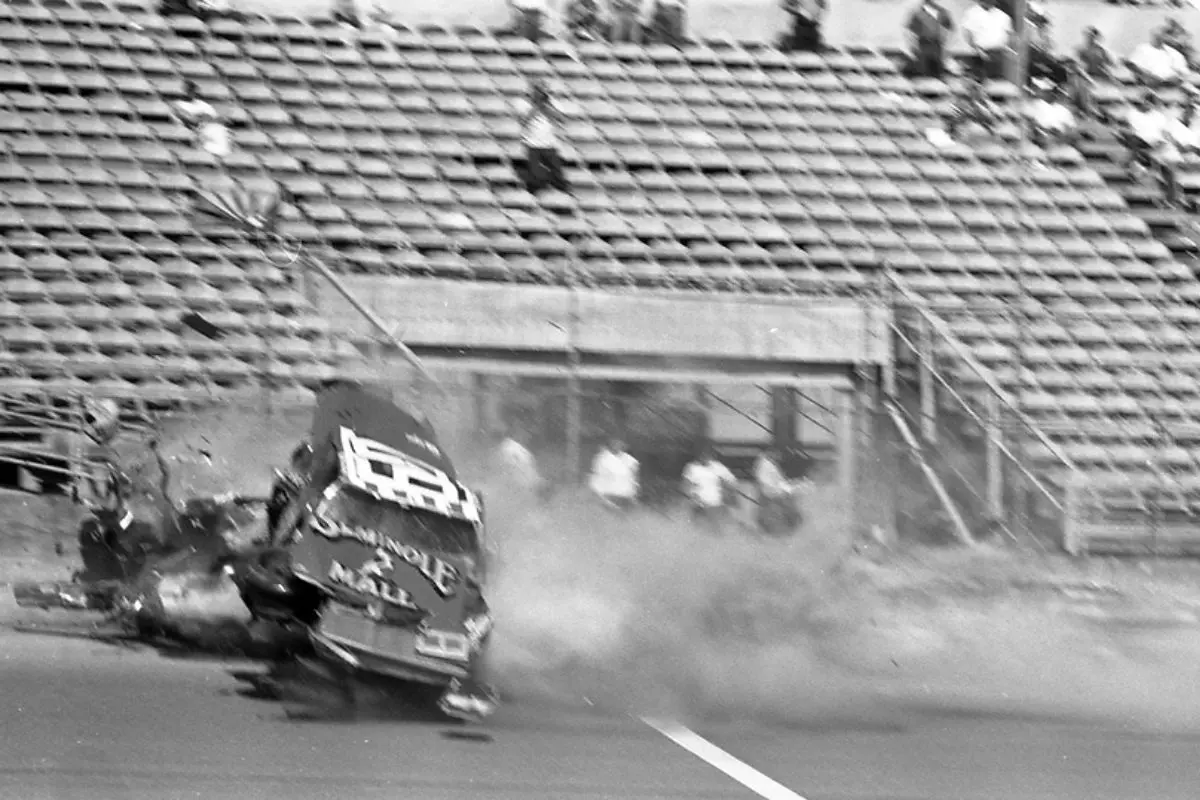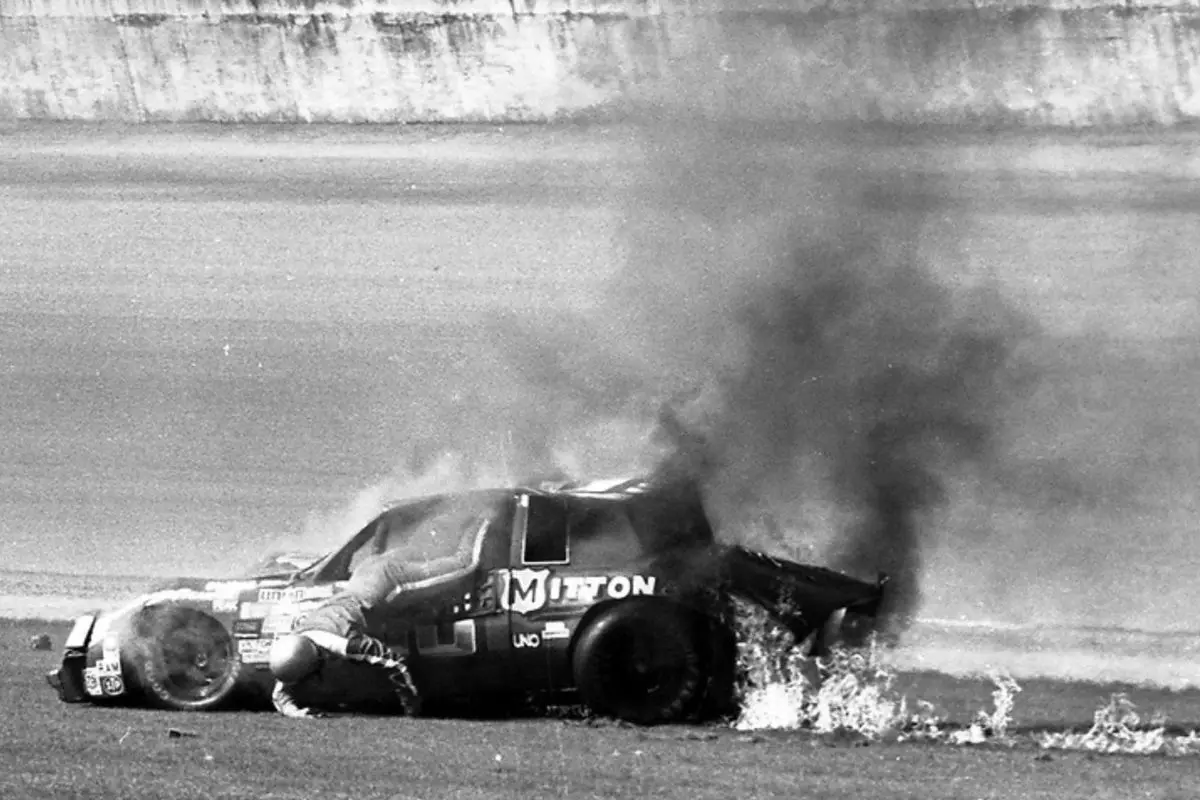Key Highlights
- The Daytona 500 consolation races aimed to provide opportunities for unqualified drivers, reflecting growing participant interest in the early 1980s.
- Financial rewards for these races were significant, ranging from $3,500 to $5,000, incentivizing driver participation despite logistical challenges.
- A catastrophic crash in 1985 highlighted the safety risks, leading to increased scrutiny and the eventual discontinuation of consolation races.
- The 1985 crash involving Naz Peters underscored the need for improved safety measures within NASCAR, impacting its public image.
- NASCAR’s evolution post-consolation races emphasized safety enhancements and strategic planning to restore trust and maintain competitive integrity.
The Popularity and Importance of the Daytona 500
Possibly one of the most iconic events in motorsports, the Daytona 500 holds a revered place in the world of NASCAR and beyond. As the season opener, it is not merely a race but a spectacle that encapsulates the essence of speed, strategy, and sheer willpower. Known as the “Great American Race,” the Daytona 500 is steeped in history and prestige, forming an indelible part of NASCAR’s identity.
From its inception, the event has been a magnet for both seasoned veterans and ambitious newcomers, each vying for the glory of winning at Daytona International Speedway.
The race’s importance cannot be overstated. It serves as a launching pad for the season, setting the tone and momentum for drivers and teams. Its allure lies not only in the high-speed drama but also in its ability to attract a vast pool of participants. The charter system, introduced in recent years, guarantees most Cup Series teams a spot, yet the ‘open’ category guarantees that the competitive spirit remains intact, echoing the days when every participant had to earn their place on the starting grid.
Historically, the Daytona 500 has been a test of endurance and skill, where the line between victory and disaster is razor-thin. It is the embodiment of NASCAR’s competitive spirit, where the track becomes an arena of dreams and heartbreaks.
This allure has cemented its status as a crown jewel in the motorsport calendar, drawing in hundreds of thousands of fans who witness history being written each year.
NASCAR’s Bold Experiment with a Consolation Race
In the early 1980s, faced with an overwhelming number of participants enthusiastic to race in the Daytona 500, NASCAR initiated a bold experiment by introducing a consolation race for those who missed out on qualifying for the main event. This initiative, while groundbreaking, was fraught with both potential and peril. The lure of racing on Daytona’s hallowed grounds was undeniable, and for many drivers, the consolation race represented a last-ditch opportunity to display their skills on a grand stage.
Financial incentives were a notable motivating factor. With the Daytona 500 offering the highest purse, NASCAR’s consolation race promised a modest yet impactful reward. The winner’s prize ranged from $3,500 to $5,000, equating to approximately $10,000-$18,000 today, a substantial amount for drivers whose earnings were largely contingent on racetrack performance.
The concept was as much about the spirit of competition as it was about financial sustenance. Each year from 1981 to 1985, the event delivered thrilling battles and suspense, with no driver repeating a victory. However, the endeavor was not without its challenges.
NASCAR’s gamble was a double-edged sword; while it momentarily provided a stage for emerging talents, it also laid bare the logistical difficulties and risks inherent in expanding the racing calendar. Despite its noble intent, the consolation race eventually stumbled, revealing unforeseen pitfalls that would shape NASCAR’s future strategies.
The Outcome of the Consolation Races
The outcome of NASCAR’s consolation races at Daytona revealed a complex narrative of both opportunity and challenge. The 1981 event, marked by Lake Speed’s dominant performance in the No. 66 Oldsmobile, highlighted the allure of competitive racing even for those relegated to the sidelines of the main event. Speed’s victory, leading from start to finish and claiming $5,050, demonstrated the potential for underappreciated talent to shine on a prominent stage. Dick May’s runner-up finish in a No. 8 Dodge, earning $3,000, further accentuated the competitive spirit that infused the race.
Despite the limited field of only 11 participants, the race brought unexpected drama, with drivers like H.B. Bailey failing to start and Henry Jones unable to complete a lap. These factors showcased the inherent unpredictability of motorsport, where mechanical failures and on-track incidents can swiftly alter the course of a race.
Yet, this promising narrative was overshadowed by a series of unfortunate incidents. The consolation races, intended to offer inclusivity and more racing action, faced criticism due to frequent crashes and questionable safety standards prevalent in the 1980s. NASCAR’s decision to discontinue these races was a pragmatic response to the mounting safety concerns. The sanctioning body recognized that the risks involved, especially for a non-championship event, outweighed the benefits.
Fans Reflect on the Daytona 500 Consolation Races
Nostalgia for the Daytona 500 consolation races persists among NASCAR enthusiasts, who frequently share their reflections on social media platforms. These races, though a lesser-known chapter in NASCAR history, have sparked lively discussions, evoking memories of a time when the grid for ‘The Great American Race’ was more crowded than ever.
Fans recall the considerable number of participants, with entry lists soaring to more than 70 cars in the late 1980s, particularly around 1988. This overwhelming interest necessitated a separate race for those who failed to qualify, a proof of the sheer passion for racing that defined that era.
“The entry lists for the Daytona 500 in the 80s were wild though, especially around 1988 with 70+ iirc.” – NASCAR fans’ reaction
Despite the lack of substantial financial rewards, drivers keenly participated in these consolation races. A fan’s comment on Reddit captures this spirit: “Qualifying races AND a ‘consolation race’ all before billion-dollar TV contracts. These were pure racers.” Such sentiments emphasize the dedication of drivers who, undeterred by financial constraints, sought to prove their mettle on the track.
The enthusiasm among fans suggests a deep appreciation for a period when racing was driven by passion and resolve rather than commercial gain. Moreover, the logic behind NASCAR’s decision to host these consolation races is not lost on enthusiasts.
Acknowledging the vast number of teams competing, one fan pointed out, “I imagine there were a lot more teams back then. Makes sense.” This reflection highlights the era’s competitive spirit and NASCAR’s attempt to accommodate it.
The Infamous Crash That Led to the End of the Consolation Races
A significant moment in NASCAR history unfolded when a notorious crash highlighted the inherent dangers of the Daytona 500 consolation races, ultimately leading to their discontinuation. In 1985, the infamous incident involving driver Naz Peters emphasized the perilous nature of these races. As Peters followed J.D. McDuffie, he lost control coming off turn four, careening into the inside retaining wall before spinning back onto the track. The collision sparked a massive fireball, filling the air with smoke and debris, and delayed the race by 21 minutes. Remarkably, no severe injuries were reported, yet the harrowing scene left a lasting impact on the racing community.
“I figure they stopped it because the race was a deathtrap, or starting to get that way, the infamous crash on the ESPN 1985 intro with the huge fire is from one of these races, Natz Peters and someone else I think it was, no severe injuries thankfully but I think that crash may have been what marked the end of the consolation race.” – NASCAR fans’ reaction
The consolation races were originally designed to provide opportunities for drivers to qualify for the prestigious Daytona 500. They attracted a diverse array of competitors—from those entrenched in the ARCA, Dash, and Busch Series, to drivers striking one-off deals with car owners or leasing older models to chase a dream.
“Back then, you’d have a lot more drivers who were either in Daytona for ARCA, the Dash Series or the Busch Series who would attempt to qualify for the 500 through their own cars, one-off deals with car owners or just buy/lease an older model from another team.” – NASCAR fans’ reaction
However, as participation increased, so did the intensity and risk involved on the track. The catastrophic crash of 1985 became representative of the hazards these races posed, both for drivers and the sport’s reputation. It served as a wake-up call to NASCAR’s governing body, illuminating the urgent need for improved safety measures and regulations.
News in Brief: Daytona 500 Consolation Race
The Daytona 500 consolation race initiative, intended as a bold experiment to improve NASCAR’s appeal, ultimately culminated in unforeseen disaster. Initially perceived as a tactical move to engage fans and offer underperforming drivers a subsequent chance, the races highlighted both the unpredictability and risks inherent in motorsport. The infamous crash that ensued emphasized the precarious balance between innovation and safety, prompting NASCAR to reevaluate its approach. This event remains a poignant reminder of the sport’s enduring challenges and complexities.
ALSO READ: NASCAR Cup Underdogs Eye a Comeback at the 2025 Daytona 500





